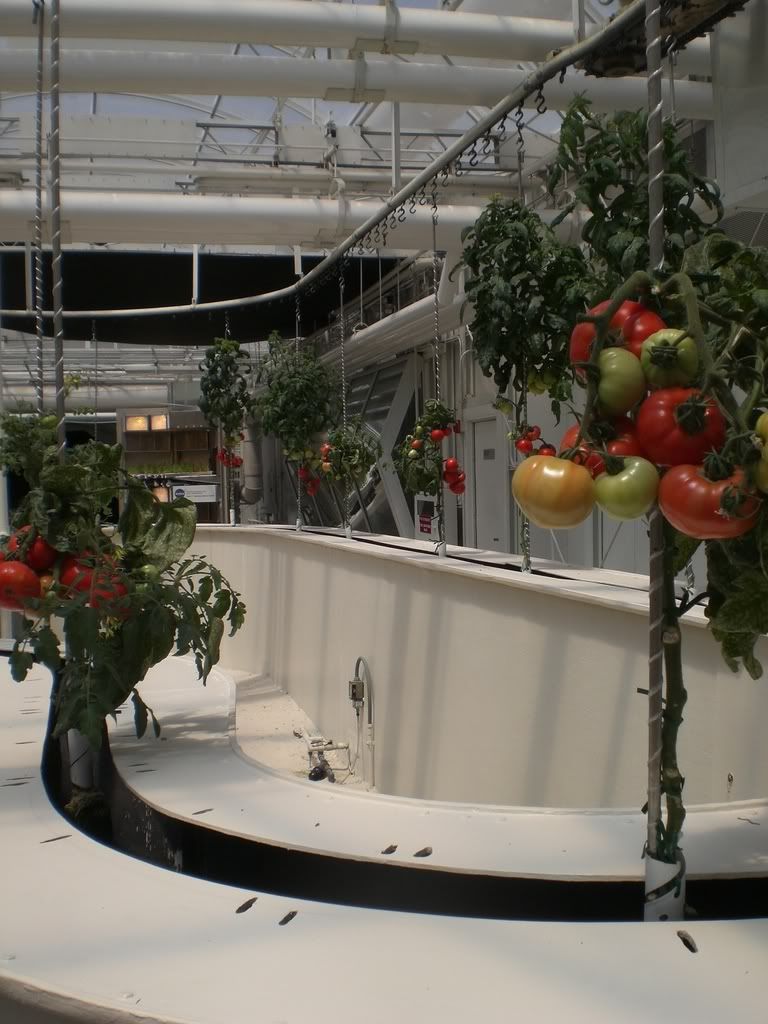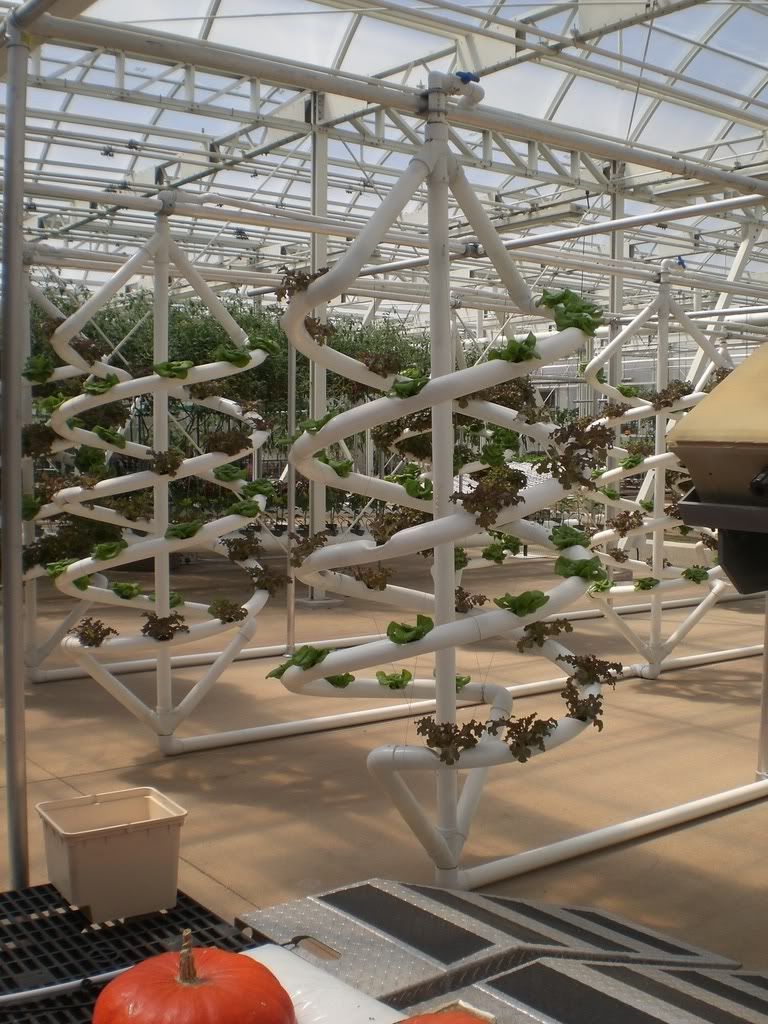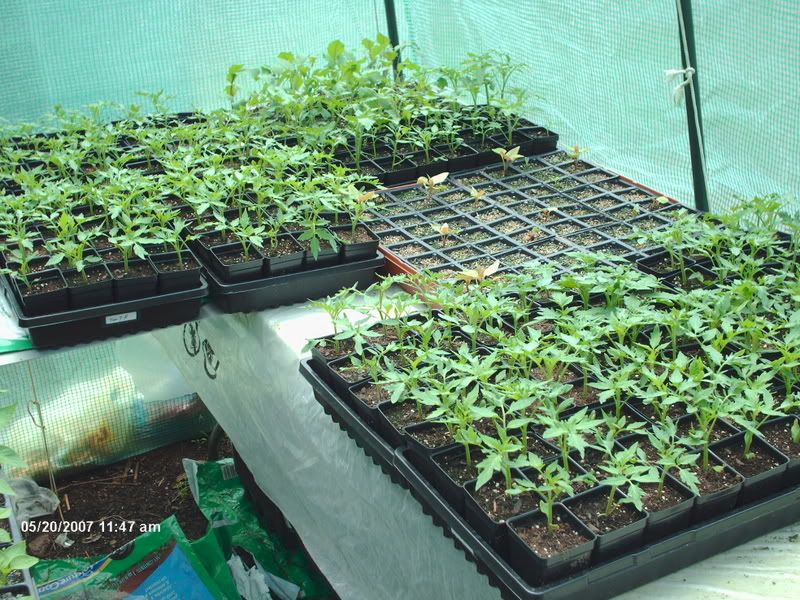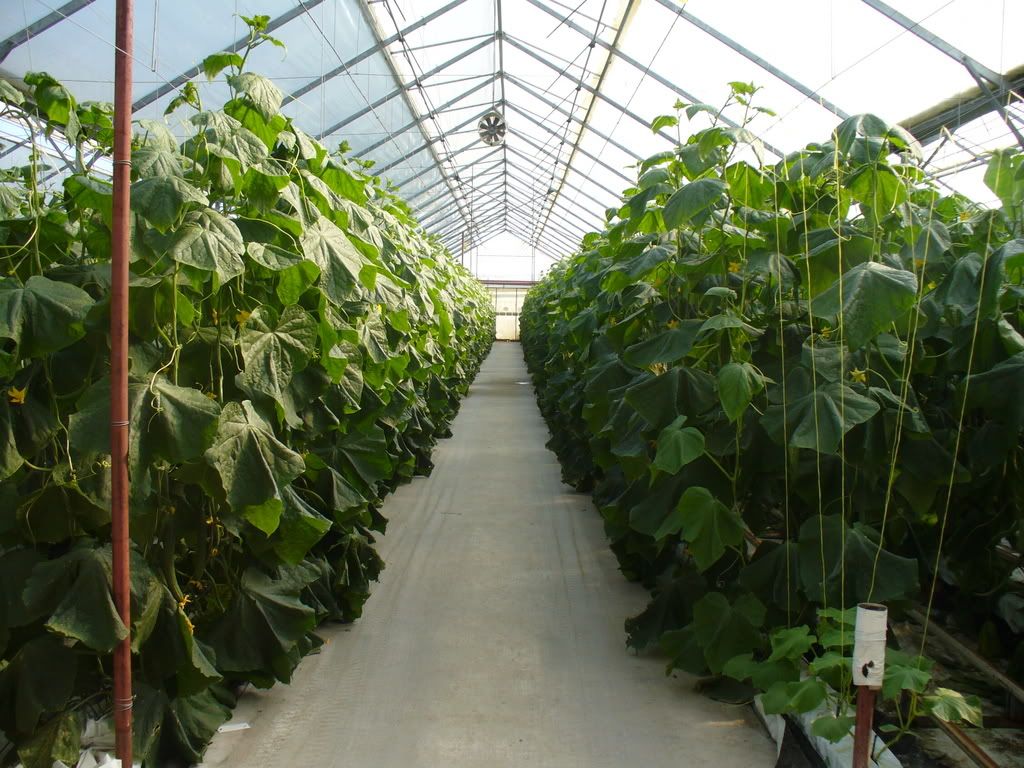- Appearance: 6 legs (winged insects); varying sizes with 2 pairs of wings.
- Life cycle: 4 stages: Egg – laid on leaves or even glass or greenhouse structures. Larva – a caterpillar: well developed head with strong jaws; 3 pairs of real legs on the front, 5 pairs of false legs on the rear. Molt 3-9 times. Pupa – a resting stage during which the larva is transformed. Adult – winged butterfly or moth.
- Damage: The larval stage or caterpillar causes immense damage. They feed on the undersides of leaves though larger ones will eat holes through the leaves. Certain types will bore into the stems, flowers, fruits and growing points. Their excrement can contaminate the crop.
- Control/Natural enemies: Bacillus thuringiensis var. kurstaki: this bacterium kills larvae when eaten.
Eriophyid mites (Eriophyes sp.) Also gall, rust, russet, bud and blister mites.
- Appearance: (Spider family) Invisible to the unaided eye; 4 legs; worm, spindle or tear drop shaped; usually clear bodies with 2 parts – a mouth and a body.
- Life cycle: Egg; larva; nymph; adult. Unlike other mites, they have only 4 legs.
- Damage: Each species has a narrow range of host plants. Tomato stems and leaf petioles take on a reddish (russet) appearance. Leaflets will show chlorosis then necrosis from the petiole base outward. May be capable of transmitting viruses during feeding and moving fungi or other plant diseases during their movement from plant to plant.
- Control/Natural enemies: There are no known beneficial enemies of this group of mites. Dusting sulfur is effective but it must be applied evenly not only on the reddish areas (where mites have been), but above/below where mites are now feeding but are invisible to the unaided eye






























No comments:
Post a Comment